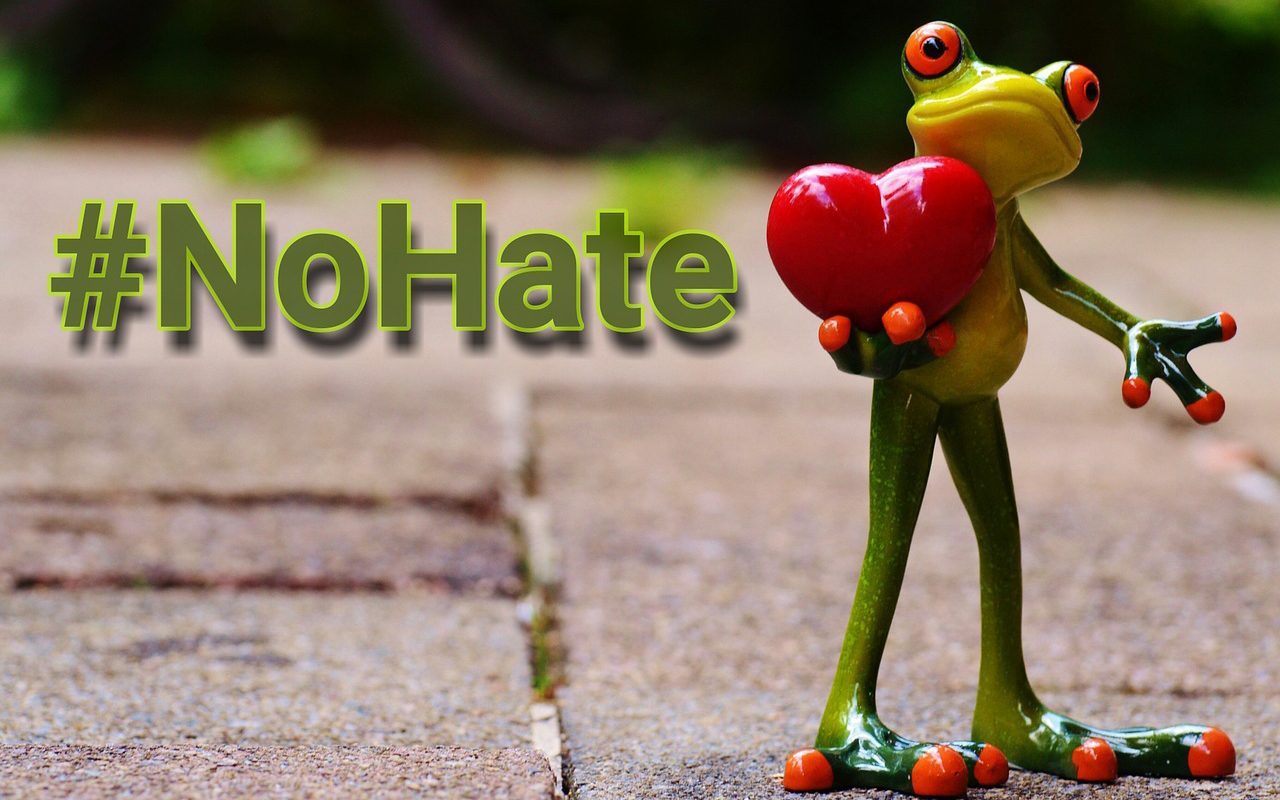
The Digital Bully
I remember my first bullying experience. I was in sixth grade. I was an early bloomer, and much to my embarrassment, needed a bra before any of my friends. I didn’t want anyone to know — it was bad enough having a sore chest from growing in unusual places and from wearing this itchy, uncomfortable new undergarment.
Melvin* was the new kid. He was the typical schoolyard bully. He lived to mess with me — probably because I was the easiest kid to make cry in our whole class. He made gym class excruciating, and pretty much every recess left me crying at the picnic table to any one of the teachers unfortunate enough to have to deal with this issue day in and day out.
One day, Melvin overheard me telling my best friend about my bra. It was hurting and I didn’t like it. He immediately jumped up and announced to the entire lunchroom that I had one (and if you yell something like it’s completely scandalous, it must be, so everyone reacts accordingly). He reached over, between our tables, grabbed my bra strap through my shirt, pulled it back, and — WHAP!!!!! — flipped it into my back. It hurt like mad, and I was mortified at having any attention drawn to my delicate situation. Melvin got his payoff — the tears came fast and furious. But then the rage came. I jumped up, grabbed a handfull of mushy peas from my lunch plate, and smeared the peas into Melvin’s face, while screaming in his face all the things I wish I had said for the several months of torture that I had endured that school year.
Imagine if that situation had played out today. Melvin would have made a post about it on Twitter. Maybe he would have included a picture, which may or may not have been about me, but would have been associated with my name in the post. This post and picture might have been posted on a ghosting app, like Snapchat, so it would disappear before any adults could find out about it — although tech-savvy kids could screenshot it and post it elsewhere. The message would have gone far beyond the lunchroom within the first ten minutes of posting. It could have been circulating through the entire school, and even beyond the school walls within that very lunch period.
That day, back in 1985, I went home (after serving detention for smearing peas in Melvin’s face) at the end of the day, and that was that. The next day, when I returned to school, there really wasn’t any drama left. Melvin had to serve detention the rest of the week, and found someone else to pick on. If this had happened today, the event would not have ended when I left school, because the pictures and messages would still be being shared, reposted, commented on, “liked,” remixed, and re-posted. Every new interaction with the post would be like getting bullied again. Melvin probably wouldn’t let it go at the end of the day, because each new interaction would send a notification to his device and invite him to get involved in the taunting again. The bullying may never end, because these images, once unleashed on the Internet, exist indefinitely.
Though the intensity and duration of cyberbullying is much more severe than bullying before the Internet, the presence of adults who can intervene is dramatically lower. Most parents and teachers have no idea which apps and websites children are using to bully one another, how to intervene in cyberbullying situations, or how to find out what their own children are doing when they’re online. Parents don’t want to intrude into kids’ private spaces, for fear of creating trust issues, and children often find ways around any blocks so they can participate in off-limits computer use. Many kids are (literally!) addicted to their devices, and have extreme reactions to losing access. (My own child bought a cheap “burner” phone to use to access texting and Internet when I confiscated his phone). Parents often feel clueless and ineffective when their children are not using the Internet appropriately.
This is not the time to throw up our hands and say “what can we do?” Depression, anxiety, legal issues, suicide, problems with school, alcohol and drug use, and other major problems have been linked to cyberbullying. Now is the time to start educating ourselves. It is imperative that adults educate themselves about the Internet, and to have a strong presence on the sites their children and students use. Instead of blocking sites, parents and schools should be teaching students to use those sites correctly and to protect themselves from the extreme consequences that can affect their physical lives that result from going online. We can’t stop the Internet from becoming the locus of many of our person-to-person interactions. We can, however, embrace the Internet, educate ourselves and our children to become better digital citizens, model and enforce good Digital Citizenship, and provide our children with the knowledge and support they need to navigate the Internet and keep themselves and others safe. It is a tall order, and would require a huge commitment from everyone who works with kids, or has children of their own. But the alternative is to continue allowing our children to wander around the Internet, unsupervised and unsupported, and leaving them to deal with the consequences, alone.
Resources:
Brewer, G., & Kerslake, J. (2015). Cyberbullying, self-esteem, empathy and loneliness. Computers i in Human Behavior, 48, 255-260. Brewer_Cyberbullying_Self-esteem_Empathy_Loneliness.pdf
Essex, N. L. (2016). School law and the public school: A practical guide for educational leaders. (6th ed.) (pp. 107-110). Boston: Pearson Education, Inc. Essex_Bullying.pdf
Essex, N. L. (2016). School law and the public school: A practical guide for educational leaders. (6th ed.) (pp.111-114). Boston: Pearson Education, Inc. Essex_Cyberbullying.pdf
Hinduja, S., & Patchin, J. W. (2015). Bullying beyond the schoolyard: Preventing and responding to cyberbullying. (2nd ed.). Thousand Oaks, CA: Corwin.